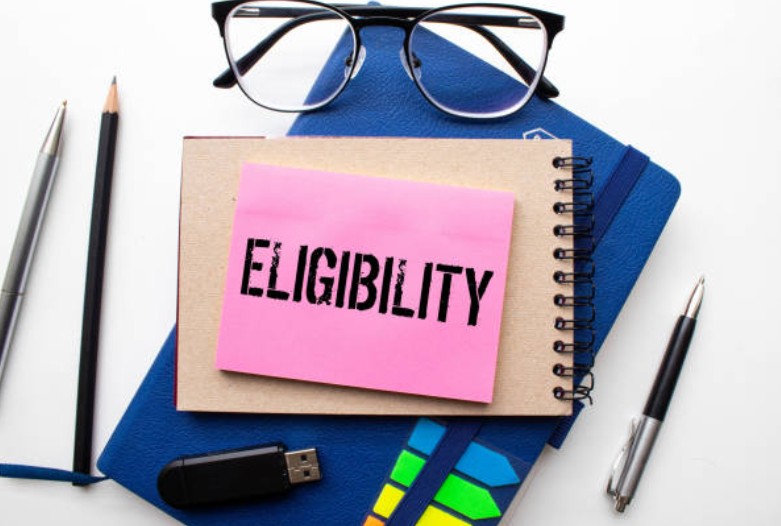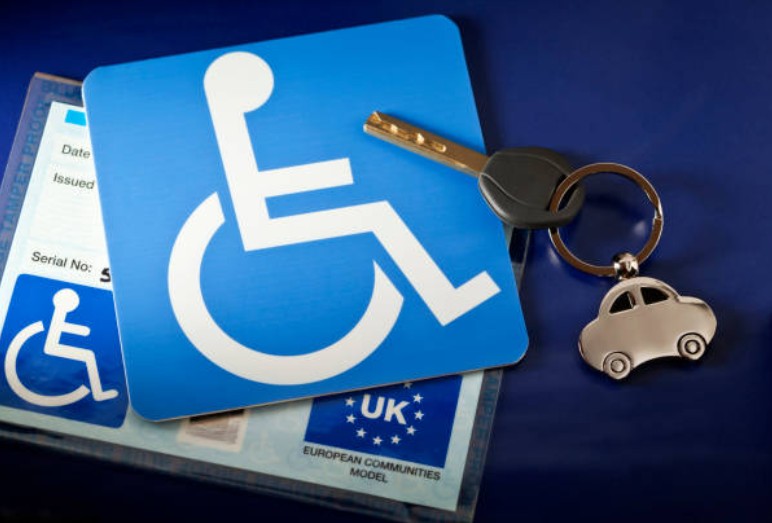A Full-Length Guide with Real-Life Stories and Step-by-Step Help
For many people across the UK, applying for a Blue Badge isn’t just about better parking—it’s about living independently, retaining dignity, and accessing daily life without pain or anxiety. Whether you have a physical disability, a hidden condition, or are supporting a loved one, this comprehensive guide covers everything you need to know about how to apply for a Blue Badge, backed by practical tips and genuine stories from real applicants.
What Is a Blue Badge and What Does It Do?
A Blue Badge is a nationally recognised parking permit issued by local authorities under the Department for Transport’s guidelines. It allows people with severe mobility issues or certain disabilities to park closer to their destination.
The Blue Badge gives you:
- Access to disabled bays, even in busy towns and shopping centres
- Permission to park on yellow lines (for up to 3 hours) where no loading ban exists
- Exemptions from parking restrictions in many council areas
- Reduced or waived congestion charges and toll fees (such as the Dartford Crossing or London’s ULEZ)
Importantly, the scheme is valid across England, Scotland, and Wales (with Northern Ireland using a similar but separate process).
While most people assume it’s only for those with visible impairments, Blue Badges are increasingly issued to people with hidden disabilities, such as autism, severe anxiety, or cognitive conditions.
“I avoided high streets for years. I couldn’t cope with the walk from the car park. The Blue Badge has made everyday errands achievable again.”
— Joan, 58, Wakefield
Who Can Qualify for a Blue Badge?
Eligibility for a Blue Badge is broader than most assume. The scheme covers a range of physical, cognitive, and mental health conditions, and each application is judged on how your disability affects your ability to walk or travel independently.
You automatically qualify if:
- You receive the Higher Rate of the Mobility Component of Disability Living Allowance (DLA)
- You score 8 points or more on the ‘moving around’ component of Personal Independence Payment (PIP)
- You are registered as severely sight-impaired (blind)
- You receive a War Pensioner’s Mobility Supplement or lump sum from the Armed Forces Compensation Scheme (within tariff levels 1–8)
You may qualify under “discretionary eligibility” if:

- You have a permanent condition that severely affects your ability to walk
- You experience excessive pain, fatigue, breathlessness, or dizziness while walking short distances
- You have a cognitive or behavioural condition (e.g., autism, dementia, PTSD) that makes planning or following journeys difficult
- You are the parent or guardian of a child with mobility challenges or behavioural risk in traffic environments
Councils assess whether you suffer from “non-visible” or fluctuating conditions, meaning even if you can sometimes walk, you may still qualify based on the day-to-day impact on your life.
“My child has autism and learning difficulties. He can walk but runs into danger when overwhelmed. It took advocacy, but he now has a badge. It’s made school runs and outings manageable.”
— Rachel, 39, Nottingham
How to Apply for a Blue Badge?
The application process is central to the topic and most searched by people wondering “how to apply for a Blue Badge”. The process is mostly done online, though paper options may be available through your local council.
Step 1: Begin Online
Visit: www.gov.uk/apply-blue-badge
You’ll be guided through a short questionnaire to determine your eligibility. Once complete, the website will redirect you to your local authority’s online portal, where you’ll finish your application.
Some councils allow paper-based forms if you phone and request one.
Step 2: Provide Personal Information and Evidence
You’ll be asked for:
- Your full contact details, date of birth, and National Insurance number
- A passport-style photo
- Proof of identity (e.g., driving licence, birth certificate)
- Proof of residency (e.g,. recent council tax or utility bill)
- Details of your medical condition or disability
- Any supporting documents—hospital discharge notes, prescriptions, letters from consultants or specialists
It’s essential to describe in detail:
- How far can you walk (measured in metres)
- How long does it take you to walk a distance
- Whether you use aids (e.g., stick, crutches, wheelchair)
- What causes you to stop (e.g., pain, breathlessness, anxiety)
Tip: Use honest, practical examples. Write as if you’re describing your worst days. Councils want real insights into how your condition impacts mobility, not just a diagnosis.
Step 3: Submit and Wait
Most councils take between 4 to 8 weeks to respond. If your application is incomplete or unclear, they may:
- Request further medical evidence
- Invite you for an independent mobility assessment
- Call you for clarification
What Is a Mobility Assessment and Should You Be Concerned?

Not everyone is asked to attend one—but if you are, don’t panic. It’s typically carried out by a physiotherapist or occupational therapist and takes 30–45 minutes.
They will observe how far and how easily you can walk, your pace, stability, and any visible discomfort. You’ll also be asked about your day-to-day challenges.
The purpose is not to disprove your disability, but to gather objective evidence that may not be obvious in paperwork alone.
“I was terrified of being judged. But the assessor was kind and really listened. They validated my fatigue and even told me my application had been underselling it.”
— Lewis, 27, Newcastle
What If Your Blue Badge Application Is Refused?
Being refused is disappointing—but it doesn’t have to be the end.
You can:
- Ask for a review or appeal (usually within 28 days)
- Submit new evidence—a letter from a specialist, pain diary, photos of aids you use
- Get support from a Citizens Advice Centre, disability charity, or a GP
Common reasons for rejection include:
- Not describing mobility limitations in detail
- Providing no supporting medical documentation
- Assuming a diagnosis is enough to qualify
Persistence pays off. Many people succeed on their second application after providing better, more detailed evidence.
Can You Apply for Someone Else?

Yes, the system allows for applications on behalf of others. You can apply for:
- An elderly parent with dementia or arthritis
- A child with a behavioural or physical disability
- A person without digital access or literacy
You’ll need to:
- Explain the person’s condition and how it affects travel
- Provide their identity and address documents
- Include any evidence relevant to their diagnosis or mobility
This is particularly important for carers and family members who assist people in vulnerable groups.
“My dad has Parkinson’s and struggles with distance and balance. I applied for him online, scanned his medical paperwork, and he was approved in under six weeks.”
— Helen, 44, Swansea
What Should You Avoid When Applying?
Even eligible people can get rejected because of application errors. Avoid these pitfalls:
- Writing vague answers like “I can’t walk far”
- Leaving out medical documents
- Forgetting to explain non-visible symptoms like fatigue or panic attacks
- Underreporting your condition due to pride or fear of judgment
Make your case strong, honest, and detailed. Imagine the assessor doesn’t know you at all—you have to paint the picture of your daily reality.
Why Is the Blue Badge So Important?
For thousands of UK residents, the Blue Badge is more than a permit—it’s a symbol of accessibility and independence.
It allows people with disabilities to:
- Attend appointments, work, and social events without fear of long walks
- Travel with confidence and dignity
- Conserve energy for meaningful activities instead of battling mobility barriers
“It’s not about ‘getting a better parking spot’—it’s about not being trapped in my house. Without the badge, I just wouldn’t go out.”
— Aisha, 35, Manchester
Final Words: Is It Worth Applying?
If you live with a condition that limits your ability to walk, causes extreme pain or fatigue, or affects how you navigate daily life—yes, you should apply.
Don’t assume your condition isn’t “bad enough.” Many applicants with anxiety, autism, or arthritis are surprised to discover they qualify.
Take the time to gather the right evidence, explain your experience honestly, and don’t give up if you face a setback. The freedom and peace of mind it provides can be life-changing.

Leave a Reply